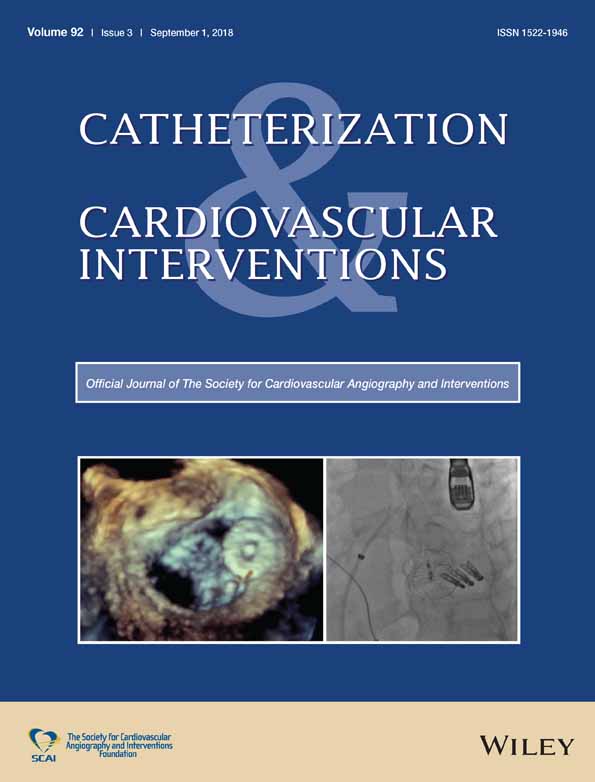Pseudoaneurysm of the left main coronary artery: A complication of orbital atherectomy
Abstract
Plaque modification devices are used to treat heavily calcified coronary artery lesions during percutaneous coronary artery interventions. As these devices have unique risk profiles, clinicians need to be aware of potential complications associated with their use. A case of a contained rupture (i.e., pseudoaneurysm) of the proximal left main coronary artery following orbital atherectomy is presented. This lesion was managed with coronary artery bypass grafting and oversewing of the left main coronary artery ostium. This case illustrates that lesion location and configuration may influence tracking of these devices, as well as the actual site of tissue ablation. This case underscores the importance of concurrent imaging during treatment and concern for potential unintended consequences of atherectomy.
CONFLICT OF INTEREST
The authors declare no conflicts of interest.




